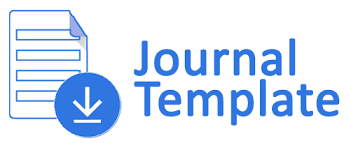Deferred Tax Asset And Deferred Tax Liability : Studi Eksistensinya Ditinjau Dari Sudut Teori Akuntansi
DOI:
https://doi.org/10.37477/bip.v2i1.277Keywords:
book income, taxable income, permanent difference, temporary differences, deferred tax asset, deferred tax liability, net operating loss carry forward, net operating loss carry back, deferred method, asset/liability method and net-of-tax methodAbstract
Book income is got from financial statement which is made based on financial accounting standard and taxable income is got from financial statement which is made based on income tax act. Because there are fundamental dffirences used for calculating and arranging, so book income will be different from taxable income. One of the elements which cause these differences is time differences or temporary differences. This time differences can or can't be recorded and presented in a financial statement as deferred tax (interperiod tax allocation or no interperiod tax allocation). There are three methods which can be used to record and report deferred tax: deferred method, asset/liability method and net-of-tax method. Besides to cover time defferences, deferred tax can also be used to record net operating loss (NOL). Each method will use separate account to record deferred tax. From three methods interperiod tax allocation, only asset/liability method which fulfills the presented deferred tax criteria to asset and liability definitions. Deferred tax asset and deferred tax liability which rise from interperiod tax allocation asset/liability method conceptually fulfills asset and liability criteria, so that its existence in balance sheet is strong. Meanwhile, deferred tax asset which comes from NOL carryback and NOL carryforward don't fulfill the asset criteria.
Downloads
Published
How to Cite
Issue
Section
License
Authors publishing in this journal agree to the following terms:
- The author retains copyright and grants the journal rights of first publication with the work simultaneously licensed under a Creative Commons Attribution ShareAlike License License that allows others to share the work with acknowledgment of the author's work and initial publication in BIP's: Journal of Business Perspectives.
- Authors may include separate additional contractual arrangements for non-exclusive distribution of the published version of the journal (e.g., submit to an institutional repository or publish in a book), with an acknowledgment of the original publication in this Journal.
- Authors are permitted and encouraged to post their work online (e.g., in institutional repositories or on their websites) before and during the submission process, as it can lead to productive exchanges, as well as citations of previously published work.
Each author is expected to complete the copyright process with a document of the originality of the manuscript, the templated document is below:


7.png)


6.png)
2.png)


